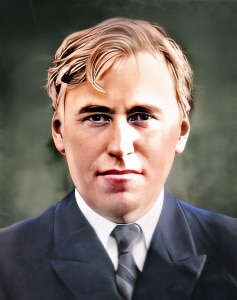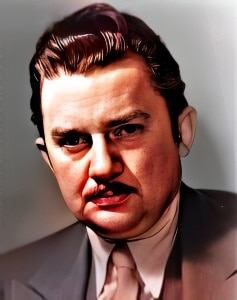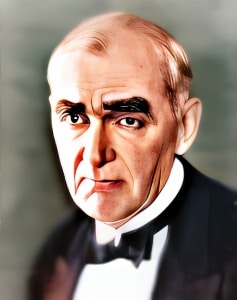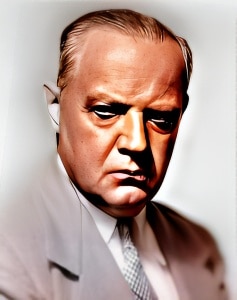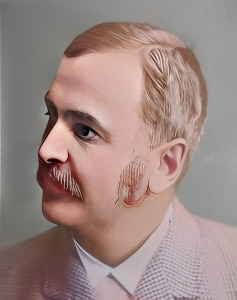 Frederick Peters was an American actor who made significant contributions to American cinema during the early years of film.
Frederick Peters was an American actor who made significant contributions to American cinema during the early years of film.
He was born on December 15, 1882, in New York City, and he had a long and successful career in both silent and sound films.
Peters’ acting career began during the silent film era, where he quickly established himself as a versatile character actor. He often played supporting roles in various film productions, contributing to the storytelling and success of these films.
One of his notable early roles was in the 1920 silent film “Dr. Jekyll and Mr. Hyde,” directed by John S. Robertson and starring John Barrymore. Peters played the role of Dr. Jekyll’s friend, Dr. Lanyon, in this adaptation of the classic novel by Robert Louis Stevenson. The film is recognized as one of the first screen adaptations of the story.
As the film industry transitioned to sound in the late 1920s, many silent film actors faced challenges in adapting to the new medium. Frederick Peters, however, successfully made the leap to sound cinema, continuing his acting career in films with spoken dialogue.
One of his sound film appearances was in the 1933 film “Island of Lost Souls,” a Pre-Code science fiction horror film directed by Erle C. Kenton. In the film, Peters played the role of Captain Davies. “Island of Lost Souls” is based on H.G. Wells’ novel “The Island of Dr. Moreau” and is notable for its themes and early special effects.
While he may not be as widely recognized as some leading stars of his time, Frederick Peters’ contributions to the early years of American cinema are remembered as an important part of Hollywood’s history. His ability to adapt to changing technologies and his talent as a character actor marked him as an influential figure in the film industry during a transformative period.
He continued to work in films until his retirement from acting. Frederick Peters passed away on December 23, 1952, marking the end of a career that played a crucial role in the early development of American cinema. His work remains a part of the rich history of the film industry, reflecting the collaborative and pioneering spirit of the early film era.
Loading live eBay listings...

